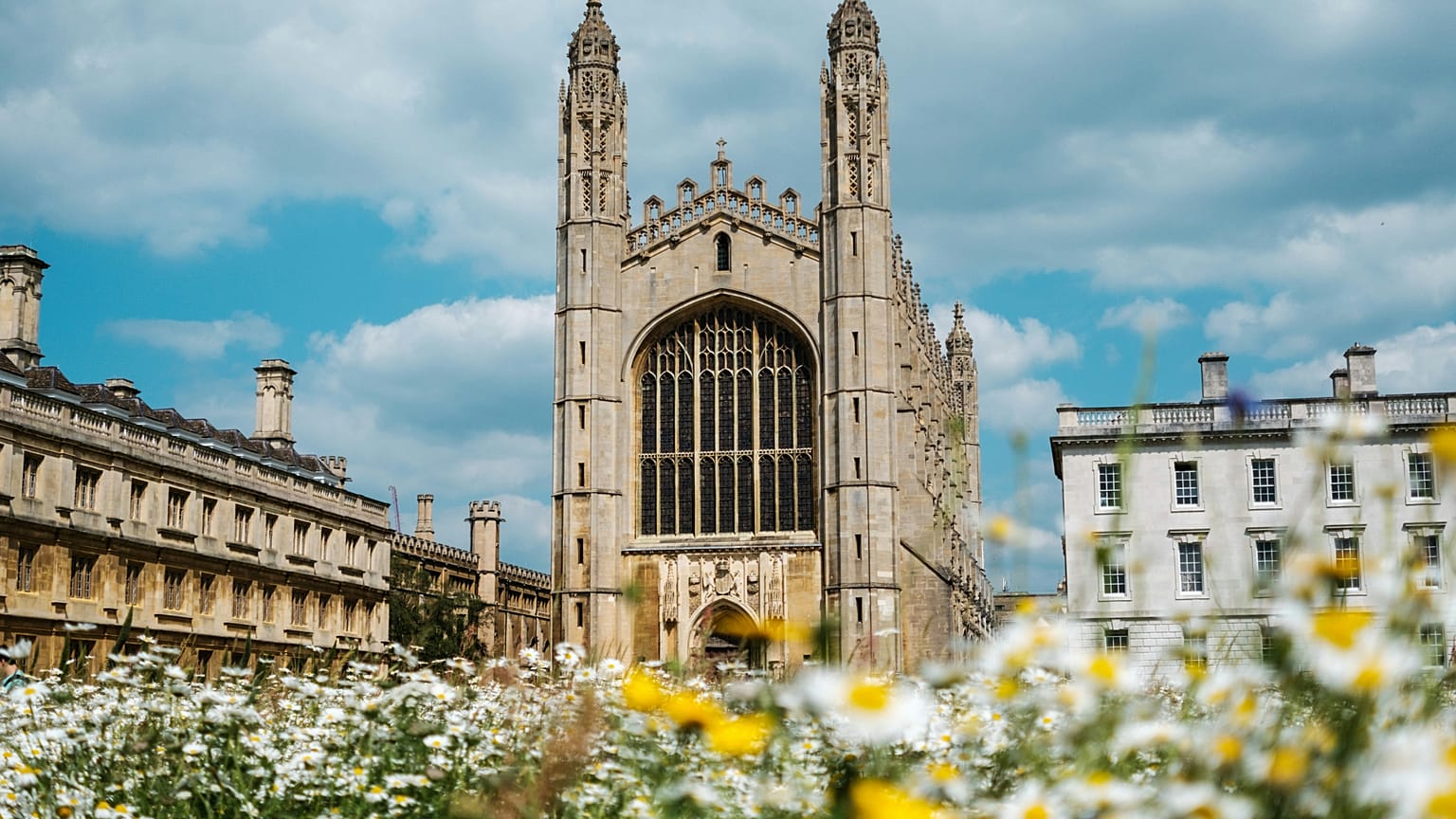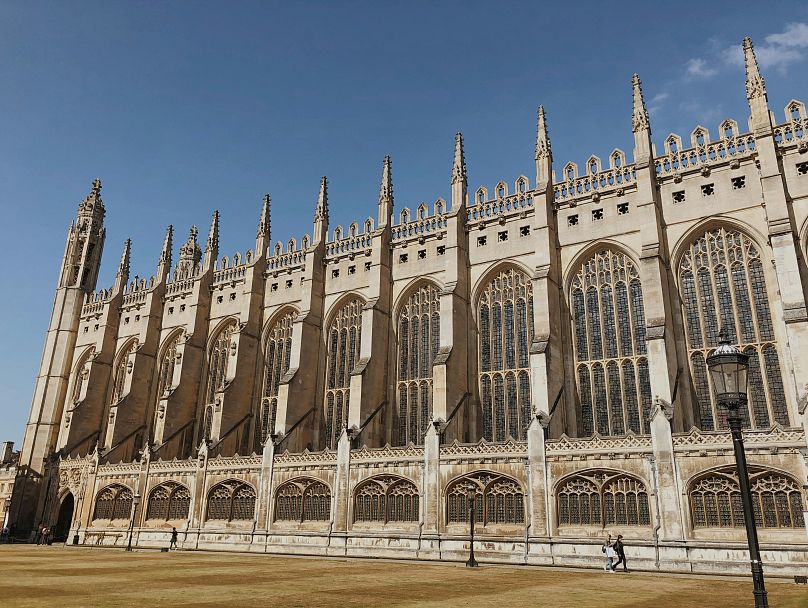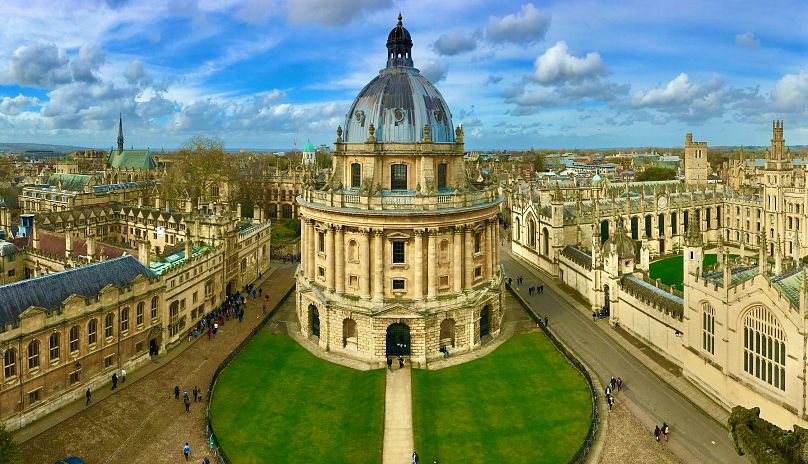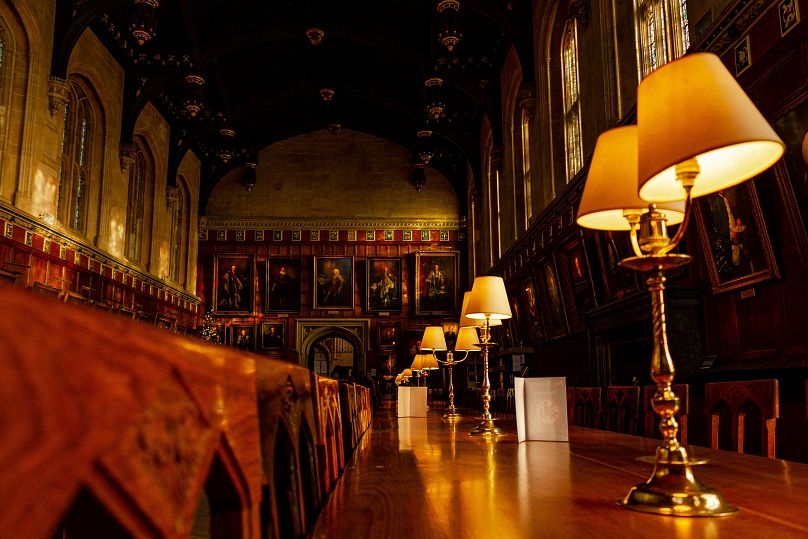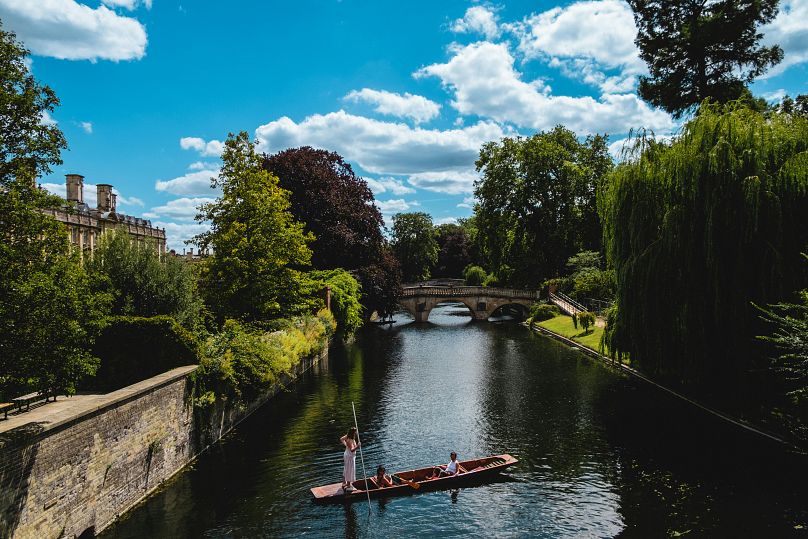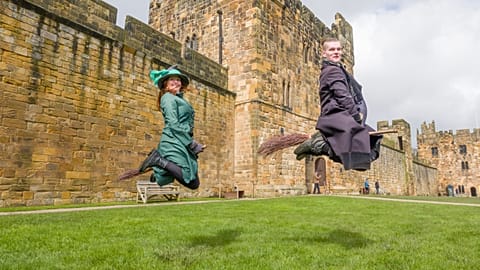Both cities are a one-hour train ride away from the UK capital.
Oxford versus Cambridge: it’s an age-old rivalry between two towns and their prestigious universities that dates back centuries.
But as a tourist choosing a day trip from London, which architecturally alluring, history-packed city should you favour?
Both destinations are easily walkable, have myriad attractions and offer parks for basking in the spring sunshine.
Here’s how to pick between these two collegiate beauties.
How to reach Oxford and Cambridge from London
Both cities are a train ride away from the UK capital. From London King’s Cross, there are several trains an hour to Cambridge and one service an hour from London Liverpool Street.
These two routes both take between 50 minutes and 1 hour and a half.
The train is also the most convenient way to get to Oxford. Services run from Paddington or Marylebone stations in London and take just under an hour.
There is a bus connection between the two cities if you want to squeeze in both, and a train link is also in the works slated to be running by 2025.
Oxford or Cambridge: Which is better to visit?
If you can’t fit both into your itinerary, the two cities are generally distinguished by size and character.
Oxford is bigger and more urban with grander buildings and better hotels. It is also the gateway to the bucolic Cotswolds and on the way to other attractions like Stratford-upon-Avon, Warwick, and Blenheim Palace.
Cambridge, on the other hand, is more rural and picturesque, with cobbled streets overrun with cyclists and petite cosy cafes on every corner.
For the most awe-inspiring chapel, visit Cambridge
Both cities are home to elite universities which, unlike campus institutions, have colleges spread throughout the historic centre.
Walking down the main streets, you’ll spot Gothic archways, flamboyant spires and elegant colonnades belonging to hallowed halls dating from as far back as the Middle Ages.
Colleges comprise student accommodation, communal spaces, dining rooms and small libraries. Many also have their own chapel, some of which are dainty and small and others which are masterpieces of grandeur.
For the most imposing, visit King’s College Chapel in Cambridge, which was built under the guidance of five different kings of England.
Chapel is a bit of a misnomer here as the nearly 90 metre-long building resembles a vast cathedral with soaring stained glass windows, stone-carved monarchic symbolism and a mesmerising fan-vaulted ceiling.
For an iconic library, visit Oxford
Along with the in-college libraries, students at Oxford and Cambridge can use the university libraries, home to colossal collections of scholarly material.
Cambridge’s university library is housed in a 1930s Giles Gilbert Scott building of severe architecture and a notoriously phallic tower.
Oxford’s Bodleian Library, instead, resides inside a collection of stately 15-18th century structures - plus a new section in the more recent Weston Library.
The oldest reading room is the 15th-century Duke Humfrey’s library replete with oak bookcases and a ceiling painted with arms of the university.
It’s also hard to miss the iconic Radcliffe Camera housing the science library - the circular Baroque structure lies right at the heart of the university.
Harry Potter fans should head to Oxford
The graceful streets and stately buildings of both university towns look like permanent stage sets and have both featured as filming locations for plenty of movies.
But if you want to step into the magical wizarding world of Harry Potter, opt for Oxford.
Inside Christ Church College, the honey-hued staircase leading up to the dining hall features in the first film while the cloisters appear in the second.
The wood-panelled Tudor dining hall was replicated in London studios as Hogwarts’ Great Hall.
New College’s cloisters - including its monumental tree - were used in the Goblet of Fire while the Bodleian’s Duke Humfrey’s Library doubled as the restricted section in the Philosopher’s Stone.
All locations can be visited by purchasing tickets or tours for the colleges where these famous locations can be found. Be wary though as the cost of entering each college varies wildly depending on popularity and time of year. Some colleges are free while others charge around €23 for entry.
For punting, it depends on your style
Both cities centre around their rivers - the Cam in Cambridge and the Isis (a branch of the Thames) and the Cherwell in Oxford. Residents and students use traditional flat-bottomed wooden boats to go ‘punting’ on the waterways.
After the annual Oxford-Cambridge boat race on the Thames, the correct way to punt is the most important aquatic battle between the two cities.
Punts have a flat platform at one end and sloping slats at the other. In Oxford, it is customary to stand on the slats while in Cambridge the punter is positioned on the flat platform. Both use a wooden pole to propel the boat by pushing off the riverbed.
Whichever way you favour, a punt on either of the rivers is a must-try activity in spring. In Cambridge, you glide along the ‘Backs’ - the rear entrances of the most famed colleges with sprawling lawns, manicured gardens and glimpses into stone-flagged courtyards.
You also duck beneath a series of legendary bridges such as the Mathematical Bridge - a wooden structure rumoured (incorrectly) to have been designed by Sir Isaac Newton with no need for nuts or bolts - and Cambridge’s very own Bridge of Sighs.
You can meander all the way to the old-world village of Grantchester with tea rooms, pubs and grassy banks for picnics.
On Oxford’s tree-lined Cherwell, you’ll similarly drift past lush meadows and college spires. The riverway wends through more countryside than the Cam and you can punt right the way to The Perch pub of storybook-like thatched roofing and picnic benches beneath willow trees.















